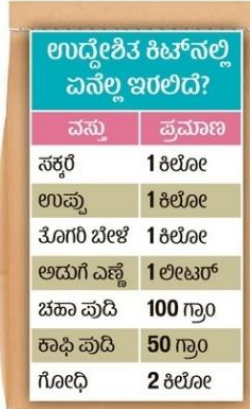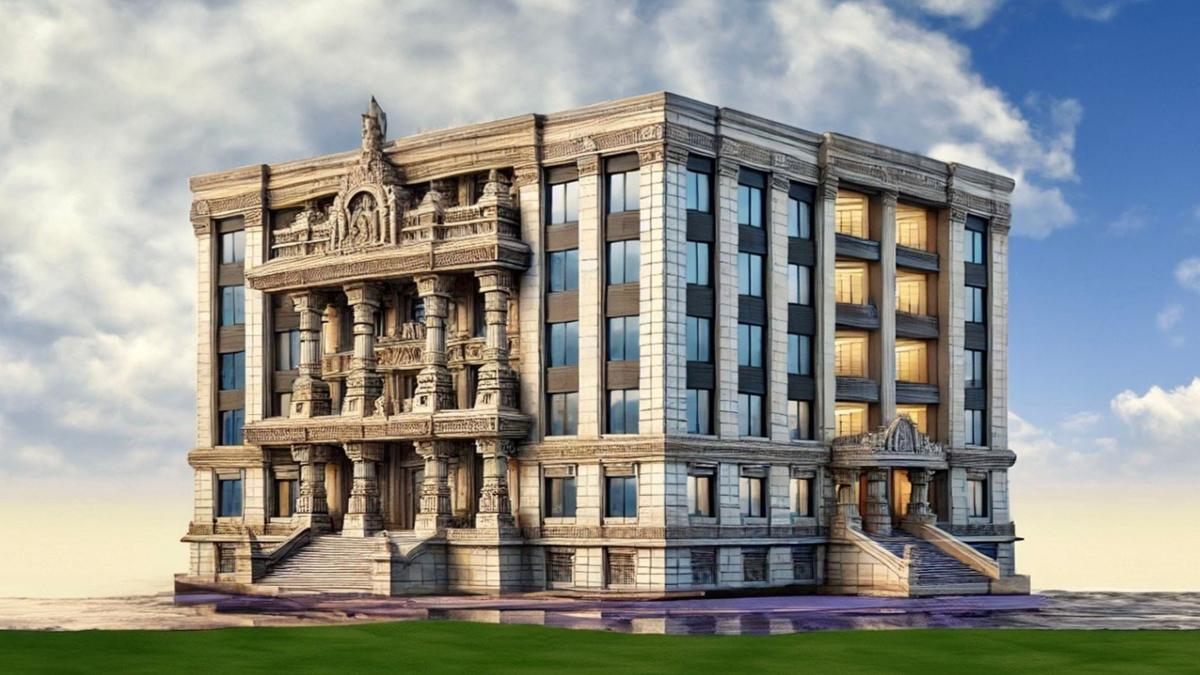Indira Ahar Kit: A New Initiative under Anna Bhagya Yojana
Objective
- To replace the additional 5 kg rice given under the Anna Bhagya Scheme with monthly nutritional kits.
- Aim: To prevent misuse of excess rice (often sold in the black market) and promote nutritional security.
Target Group
- Priority Households (PHH) – ration card holders under National Food Security Act (NFSA).
- These households currently receive 10 kg rice/month (5 kg from Centre + 5 kg from State).
Cost & Expenditure
- Rice Cost (with transport): ₹25.50/kg
- Monthly State Spending: ₹573 crore
- Annual State Expenditure: ₹26,876 crore
Rationale Behind the Kit
- Some families receive more rice than needed.
- Excess rice is being sold illegally at cheaper prices.
- The kit will ensure:
- Better use of government funds
- Improved nutrition
Reduced black-market activity
Dharmika Soudha – Muzrai Department Headquarters
Context & Location
- A four-storey building to be constructed in Hoysala architectural style.
- Location: Near K.R. Circle, close to RamAnjaneya Temple, Bengaluru.
- Land: 20 guntas (approximately 0.5 acres).
- Cost: ₹10 crore.
Purpose & Significance
- Will house all offices of the Muzrai Department (currently in rented premises near Minto Hospital with ₹11 lakh/month rent).
- Meets long-standing demand from Priests & Agamikas Federation for a permanent office.
- Governed by the Hindu Religious and Charitable Endowments (HRCE) Act, 1997.
Architectural Style: Hoysala Architecture
🔹 Style Name: Vesara or Karnataka Dravida
A fusion of Dravida (South Indian) and Nagara (North Indian) styles — unique to Karnataka.
🔹 Key Features:
- Star-Shaped (Stellate) Plan – Multi-pointed ground layout.
- Multiple Shrines (Kutas) – Trikuta (3 shrines), Ekakuta (1), Panchakuta (5), around a central mantapa.
- Use of Soapstone – Soft chloritic schist used for detailed carving.
- Elaborate Sculptures – Intricate depictions of:
- Deities,Dancers,Epics,Animals,Jewelry
- Jagati (Raised Platform) – Facilitates pradakshina (circumambulation).
- Zigzag Outer Walls – Adds more surfaces for sculpture.
Navaranga Pillars – Lathe-turned, polished, artistically refined pillars in the central mantapa.



